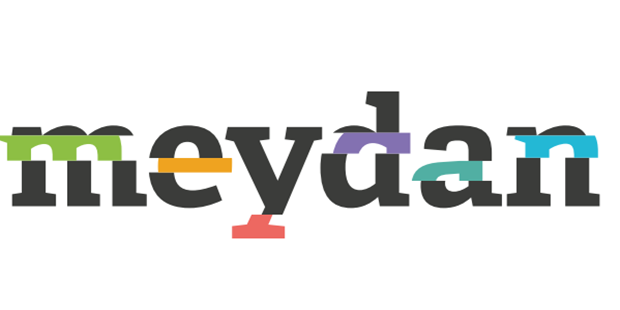How Would Common Areas in the City Be “Everybody’s”?

We met in Meydan (Arena) in the past few weeks to talk about cities that belong to all of us. The event was held by YADA Foundation with an aim of actualizing a new model of dialogue and negotiation for civil society organizations.
One of the many topics discussed was “common areas in the city”. In the session, which I also participated, we talked about what common areas, public and private areas stand for, who participates in which one and so on.
Many concepts come to mind when talking about common areas in the city. Common area means something different for each of us; such as parks, places that you feel free, places of worship, genderless places, public transport vehicles, socializing, etc. Although a common place is usually associated with interaction and socializing, for some of us it can mean loneliness, peacefulness or chaos. So, we can say that common places have feelings, too. All those feelings are specific to persons, identities and they are all together. Because, a common place in the city actually means variety, multiculturalism, a place which is open to access of everybody. At least, we want to experience it like that.
So, in these circumstances, are shopping malls, huge housing complexes with pools and gardens in the middle are common areas, too? If we consider associations like socializing and interaction, in a way, they can be seen as common areas. However, it is also a question of debate because all those places have security guards in the entrance and not everyone can get in. We should consider also about the concept of public area. Definition of a public area is shortly “a place that does not belong to a certain person.” Garden of a housing complex is a common area for the ones living there, but we cannot call it a public area. Similarly, though shopping malls are introduced as an open place for everybody to get in, certain people, certain identities and lifestyles cannot enter. That’s why, we should admit that parks, streets, houses of worship, public transport vehicles are are the true public areas. However, it is again different if we regard this issue from the viewpoint of identities and different social groups. When we consider equal access to public areas, we see examples like a woman’s not being able to spend time in the park whenever she wants, an Alevi’s not being able to pray because there is not a cemevi (house of worship in Alevi faith) his/her neighborhood, a Kurdish’s not being able to speak his mother tongue in a public transportation vehicle, a LGBTI’s not being able to hold hands with his/her love in the streets. These examples show that we have to think thoroughly about who has the usage right of public areas, too.
While we were discussing all these, we came up with another question about social media: is social media, the digital arena where we socialize the most, get together with different communities and express ourselves, also a common area? Yes, we exist on social media but when considering how freely we can express ourselves, it may not be a common area for everybody, too. Common areas encourage acting together, we all agree on that, but how many of the people on social media that we think we act together, are from our “neighborhood” or another? Meaning, are the groups we interact on social media diverse enough? Am I open to be in dialogue with someone who does not think or live the way I do? Aren’t common areas places of multiculturalism and universal connection? What kind of a common area is social media then?
We discussed about all these questions in the session. I asked the opinion of a city planner to regard the concepts and experiences from an expert. Architect Çağlar Gökbulut says: “It is interesting how public areas and common areas differ from each other. A common area is a place of meeting for similar sociological, economical and ethnic classes. A public area is practically a place for different individuals to express themselves freely and equally. In reality, all those shopping malls, open spaces, parks are common areas of homogenous identities. Public areas are places for social negotiation and many conservative authorities do not prefer them. Because when different sociological components of the society get together in a public area, they gradually improve the cultural of living together. However, authorities that feed on polarization do not want that. In this respect, public areas projected for the city actually refer to an ideological urbanism. If we want to transform public areas to places for social negotiation, we have to design qualified public areas in different sociological, economical and ethnic class districts of the city. Because, real public area requires negotiation between individuals. On the other side, on social media this negotiation is up to the individual. So, trying to find social negotiation ground on social media is kind of a dreaminess. We cannot talk about this kind of negotiation in an area that lacks empathy. It is also not correct to assume that individuals express themselves truly online. Meaning, social negotiation and culture of living together can only form in places which individuals can meet physically. Urbanisation and political ideologies are connected very closely to each other and public areas are the biggest playground of that.”
In short, when we assume public areas and common areas as places that include all kind of relations within itself, we need urban plannings in which we can all exist together with all our differences. I invite everybody to think about our own comprehensiveness and what others can have about the city to develop integrative policies that urban plannings are thought together with city sociology.

Bizi Takip Edin